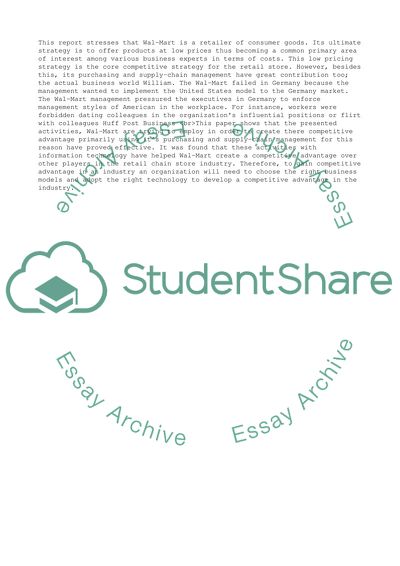Cite this document
(“Wal-Marts approach to Purchasing and Supply-Chain Management Essay”, n.d.)
Retrieved from https://studentshare.org/business/1634994-wal-marts-approach-to-purchasing-and-supply-chain-management
Retrieved from https://studentshare.org/business/1634994-wal-marts-approach-to-purchasing-and-supply-chain-management
(Wal-Marts Approach to Purchasing and Supply-Chain Management Essay)
https://studentshare.org/business/1634994-wal-marts-approach-to-purchasing-and-supply-chain-management.
https://studentshare.org/business/1634994-wal-marts-approach-to-purchasing-and-supply-chain-management.
“Wal-Marts Approach to Purchasing and Supply-Chain Management Essay”, n.d. https://studentshare.org/business/1634994-wal-marts-approach-to-purchasing-and-supply-chain-management.


